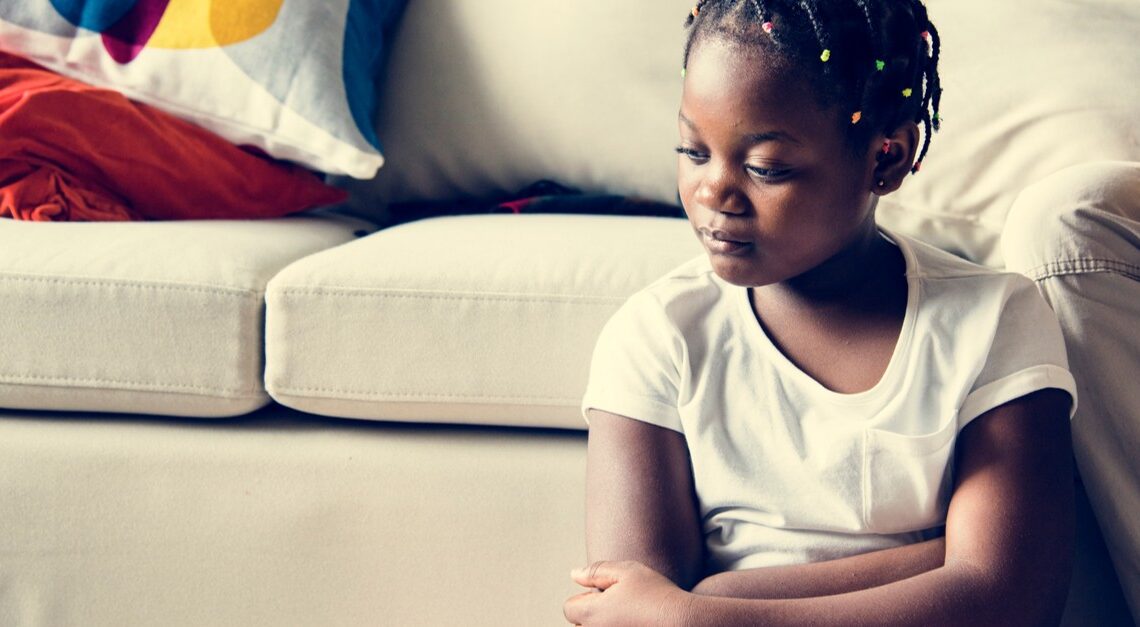Child mental health: how acting out during COVID can be a coping mechanism, and what parents can do to help

By Wendy Sims-Schouten, The Conversation
Over the past decade resilience has become a societal buzzword, both a personality trait to foster and miracle drug that can heal all wounds and right all wrongs. Since the beginning of the COVID-19 pandemic, in particular, it has been the lens through which children and young people’s ability to cope – or not – has been assessed.
As children continue to deal with anxiety about the virus, not to mention school closures and the wider disruptions to daily life, a number of studies are currently underway to track their wellbeing.
Based on parent reports, these studies signal a rise in mental health issues affecting their emotions, behaviour and ability to pay attention. (Young people themselves, it should be noted, highlight issues around stress and wellbeing, but report no change in their behaviour or ability to pay attention.) Crucially, this impact is being felt equally by children who were already experiencing mental health problems before COVID‐19 and those who were not.
Expectations of resilience
Resilience theory is useful for studying how children adapt in the face of life challenges. It refers to the process in which they engage when faced with adversity or trauma, a process which varies over time.
Over four decades of research on resilience shows that what are known as protective factors can indeed buffer a child from harm. These include being looked after in a sensitive and responsive way, having their basic needs met and getting emotional support. The wellbeing of their carers or parents counts too, as does the degree to which they are socially connected to friends and family. All of this increases the chances the child will adapt positively to a difficult situation such as the COVID-19 pandemic.
But if we live in a culture that wants people to be as resilient as possible, it has been argued that this also comes with an element of self-responsibility. Children are told to “man up” and seek out opportunities and protective factors themselves. They are encouraged to demonstrate “positive” traits. Any coping strategies that fall outside of this are not allowed.
To an extent, this also suggests that the child and their family are expected to be self-sufficient. They are meant to take advantage of whatever opportunities and resources are available to them. One example is the parenting strategy of the seven crucial Cs — competence, confidence, connection, character, contribution, coping and control – whereby children are told what to do, with conviction, and are held to those high expectations.
Conversely, this culture of resilience means some vulnerable groups of children and young people are at a disadvantage, something that has been especially true during the pandemic.
“Vulnerable” here is not used to suggest any inherent weakness or lack of capacity, instead it refers to children who are adversely impacted by situations and environments to which they are exposed that are beyond their control. When the general culture promotes self-reliance, it is precisely these children and their families who are less likely – or able – to seek help.
This includes children with special educational needs or pre-existing mental health issues, children from deprived areas and those from ethnic minority communities. Research highlights that the risk of psycho-social problems and so-called problem behaviour is especially high in these particular vulnerable groups.
Acting out
“Problem behaviour”, as a term, is itself problematic. It implies that the responsibility to address it is largely located within the child themselves. The premise for this thinking is that resilient children and young people who have healthy strategies in place may be less likely to turn to such troublesome or “bad” behaviour to relieve stress.
However, “bad behaviour”, rebellion and resistance to change can also signify hidden pathways to resilience: in other words, a means – or indeed the only means available to them – to cope with whatever difficulty they’re faced with.
In light of the traumatic experiences and confusion inherent to the pandemic – and particularly the disruptive cycle of lockdowns and school closures – it is important to acknowledge the different ways children have of coping. While some children may adjust and adapt in the face of the lockdown restrictions, others may resist the ongoing changes to lockdown rules and “act out”.
There are a number of things that carers, parents and teachers can do to help.
First, modelling self-compassion as the adult is key. Find a way to release your own emotions and remain calm. It’s about striking a balance between being realistic and honest and telling the child that it is OK to feel worried, and also showing how to let things go. Crucially, think about always seeking connection, namely prioritising relationships and positive networks.
Second, find opportunities for the child to develop a sense of mastery, whether in sport or the arts or at school. Any experience that fosters self‐esteem will provide them with transferable skills, so to speak – tools for dealing with the more difficult situations. It also counterbalances the stress.
Most of all, it is vital to respect the child as an individual. You need to allow them to develop their own unique coping strategies. Sometimes that means realising that resisting change and non-compliance may just be one of the ways that some children cope with the uncertainties associated with the pandemic. They need to know that that is OK – being compassionate, rather than judgemental, is central.





Leave a Reply